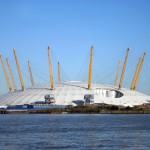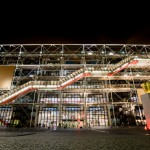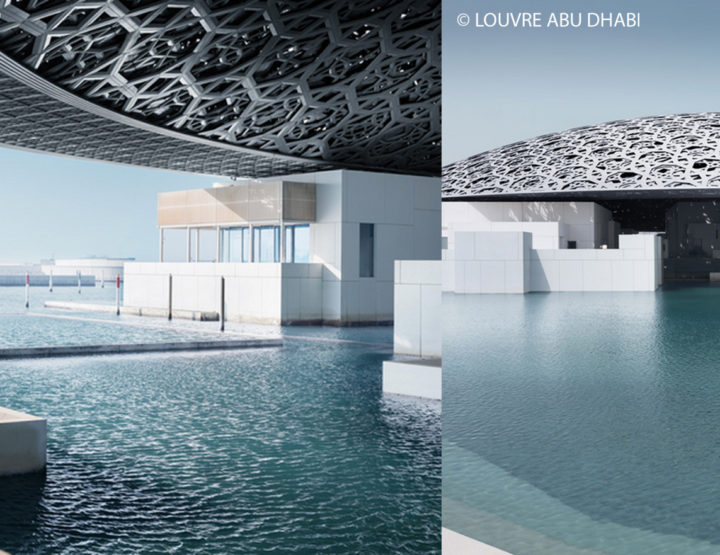The 25 Year Long Battle Rages On
Twenty-five years ago Prince Charles stood before the Royal Institute of British Architects and denounced modernism in architecture. His first book “A Vision of Britain, a Personal View of Architecture” which was published in 1989, criticized and showed his distaste for anything modern. Throughout the 1990’s Prince Charles continued to campaign against modern architecture and was even dubbed “Architecture’s Royal Pain”. In February, 2005 he told architects and public health specialists that modern buildings are giving rise to ‘sick building syndrome’. In February of 2008 he branded a modern university building where he was addressing a gathering of paratroopers as a “dustbin”. Over the past two and a half decades that this battle has been raging, Prince Charles has been and unrelenting and has clashed with the architects and the architectural community hundreds of times.
In the past year or so this battle has really been heating up, with real life consequences and retaliations taking place. In April, Charles went on the offensive against plans for a new development called the Chelsea Barracks, which would have been made up of mostly low rise buildings designed by Richard Rogers, a Pritzker Prize-winning architect for buildings such as the Pompidou Center in Paris and the Millennium Dome in London. Rogers’ designs are typically ultra-modern, and his new plans for the redevelopment of these former army barracks in West London would have represented this architectural style.
The site was being developed by a firm owned by the royal family of Qatar, an Arab emirate in the Middle East. Plans for the new buildings were coming along nicely, until Charles wrote to the head of the firm as well as the Prime Minster of Qatar, asking him to rethink their plans for the log, and to consider dropping Rogers as the architect for the project. The project was a major one, planned for 13-acres and would include a hotel and 552 apartments, making it a billion dollar plus architectural project (the site cost $1.44 billion).
This letter was enough to convince the firm to drop Rogers as the architect, and it was said by Qatari Diar, the investment arm of Qatar that there are already different views for the project and that they were discussing the project with the Prince’s own foundation for the Built Environment.
After Rogers was nixed from the project, architects stood up against what they called “unacceptable” and “totally unconstitutional.” Prominent architects such as Lord Norman Foster and Zaha Hadid from the UK, as well as Frank Gehry, who created Bilbao’s Guggenheim museum, signed a public letter accusing Prince Charles of abusing his royal power.
The letter went on to say, “private comments and behind the scenes lobbying by the prince should not be used to skew the course of an open and democratic planning process”. Other news organizations such as the Times and the BBC have since picked up the story as they feel for the loss of what would have proven to be a landmark structure.
Charles knows that he won’t be around forever to fight this battle, but until then we are sure he will not let it fall by the wayside.
“In another twenty-five years I shall very likely have shuffled off this mortal coil and so those of you who do worry about my inconvenient interferences won’t have to do so any more — unless, of course, they prove to be hereditary,” he said at the Royal Institute of British Architects in April.
Three months later on July 14, Prince Charles then resigned as a member of the British Society for the Protection of Ancient Buildings. He resigned because the society would not use his forward for a book that was written about restoration. The society supports and is an advocate of modern design and architecture in restorations, which are the polar opposite of the feelings of the Prince. In his forward Charles had written that old houses should only be restored traditionally, as they were originally built. When the society said they would not accept the forward, Charles continued the dispute by refusing to make any changes to the forward. It was this chain of events that led to Charles’ resignation from the society.
Although Charles feelings towards modern architecture will never change, we have to wonder how much of an impact he has and will have on the progression of architecture? England’s rich history and traditional architecture will always exist, but who will win the architectural battle while Charles is in charge remains to be seen.







